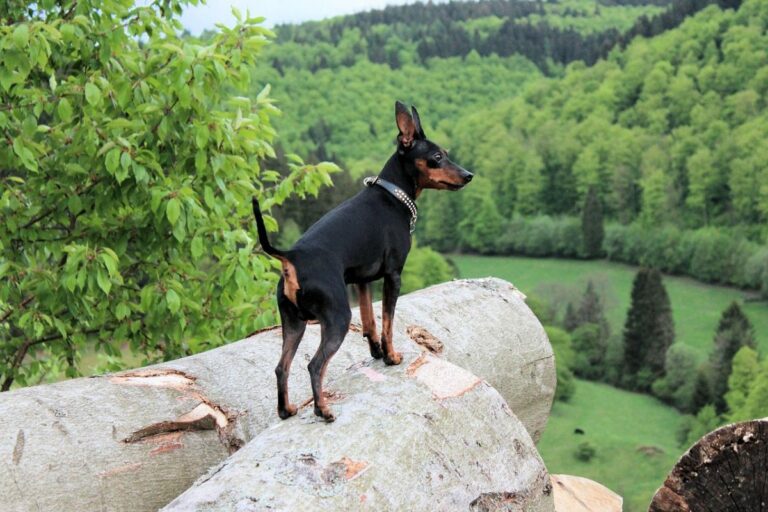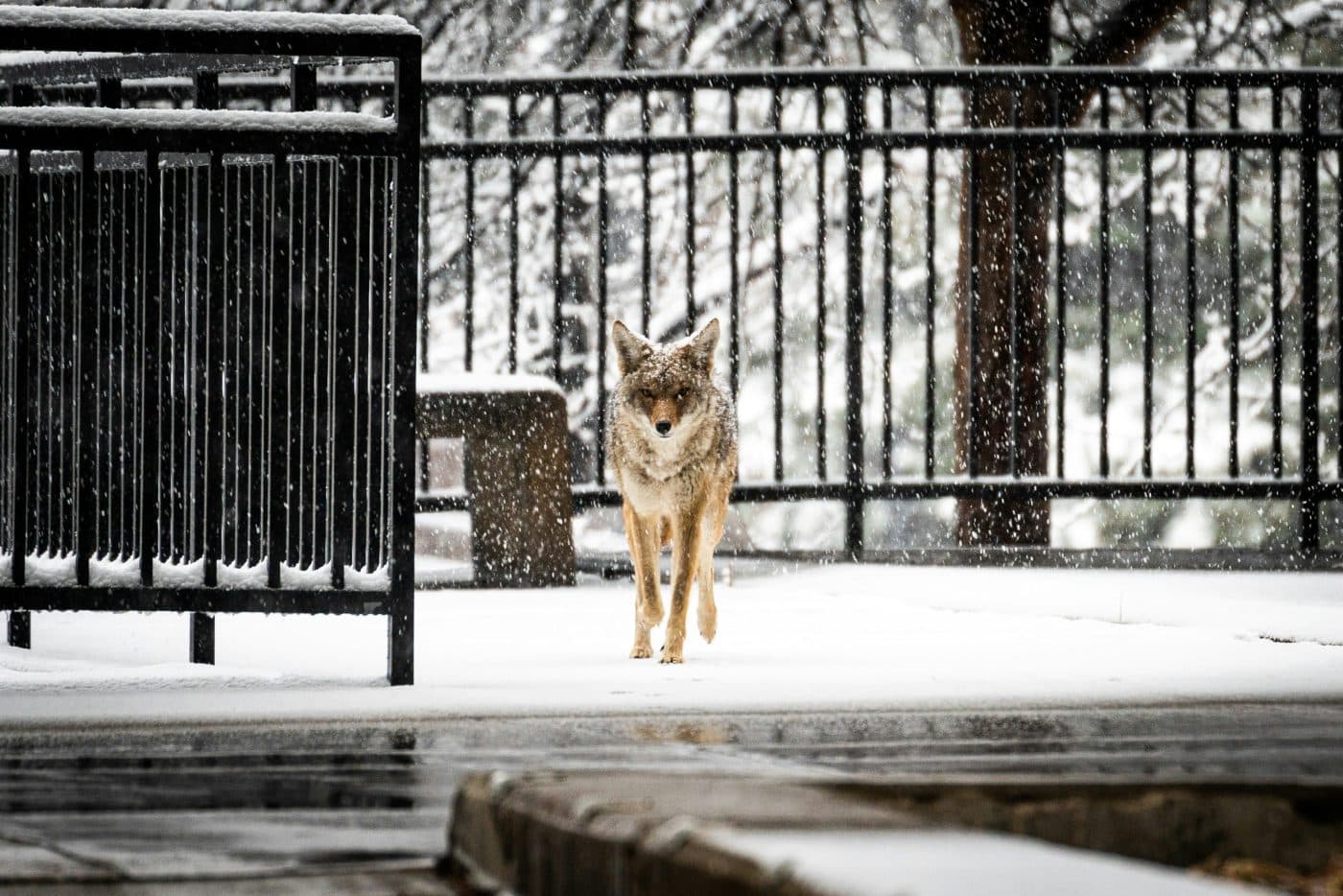 Shutterstock
Shutterstock
Coyotes, once symbols of the wild, are now increasingly found near human habitats. These adaptable creatures are moving into suburban and urban neighborhoods, searching for food. As cities expand, coyotes are getting closer to backyards, parks, and streets, raising the likelihood of encounters. Pet owners need to stay alert, as coyotes often target smaller animals in residential areas. With proper precautions, such as securing pets and removing food sources, you can minimize the risks and help keep your home and pets safe from these opportunistic predators.
California
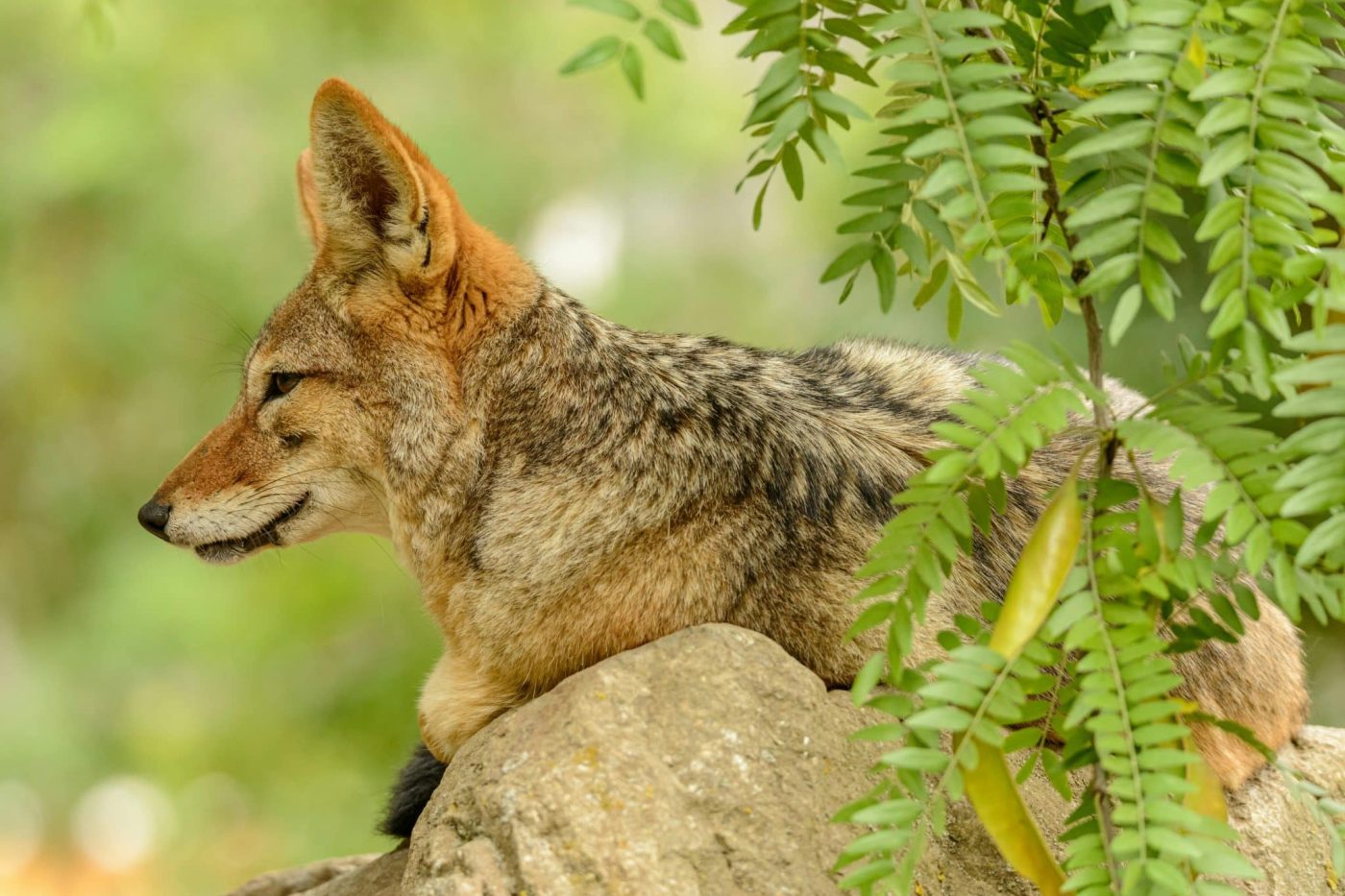

California’s diverse terrain—from deserts to forests—makes it a perfect home for coyotes. As urbanization spreads in cities like Los Angeles, San Francisco, and Sacramento, coyotes are becoming more common in suburban neighborhoods. They are drawn to easy food sources, including pet food, trash, and small mammals. Pet owners in California should secure their yards, keep pets indoors during dawn and dusk, and remove any potential attractants to prevent coyote encounters.
Texas
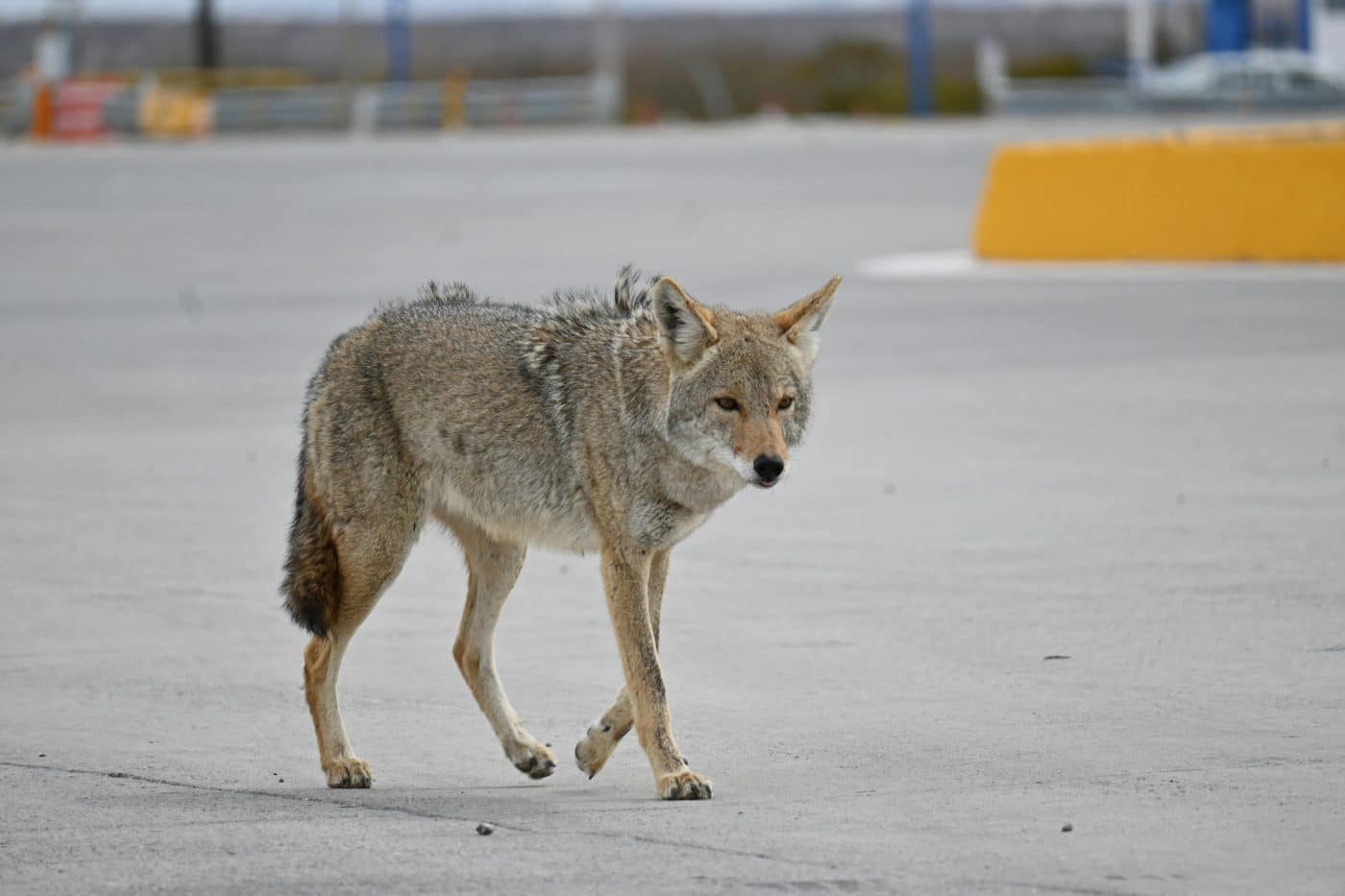

Texas’ vast land offers ample room for coyotes to roam, but as cities like Houston and Austin grow, these predators are moving closer to suburban areas. Coyotes are opportunistic, scavenging pet food, garbage, and small animals that are easy to find in urban environments. As human development expands, coyotes are more frequently venturing into residential neighborhoods in search of food. To keep pets safe, Texas residents should install tall fences, secure food sources, and monitor their yards carefully.
New Mexico
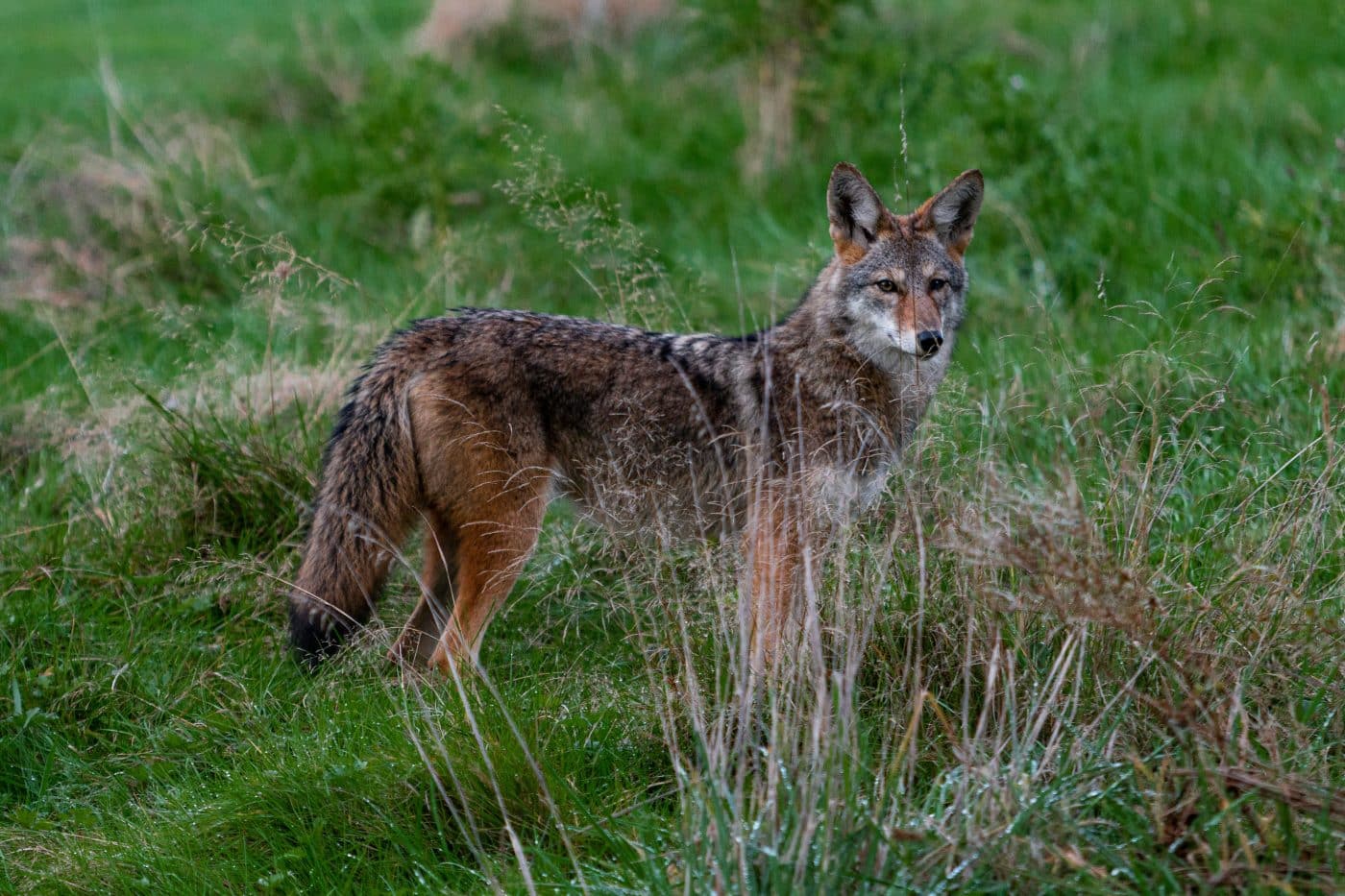

New Mexico’s variety of ecosystems—deserts, forests, and plains—supports a large coyote population. However, as cities like Albuquerque expand, coyotes are moving into suburban neighborhoods in search of food. These opportunistic animals are often attracted to pet food and trash, which are more abundant in urban areas. To prevent coyote encounters, New Mexico residents should take steps like securing trash cans and keeping pets inside at night.
Arizona
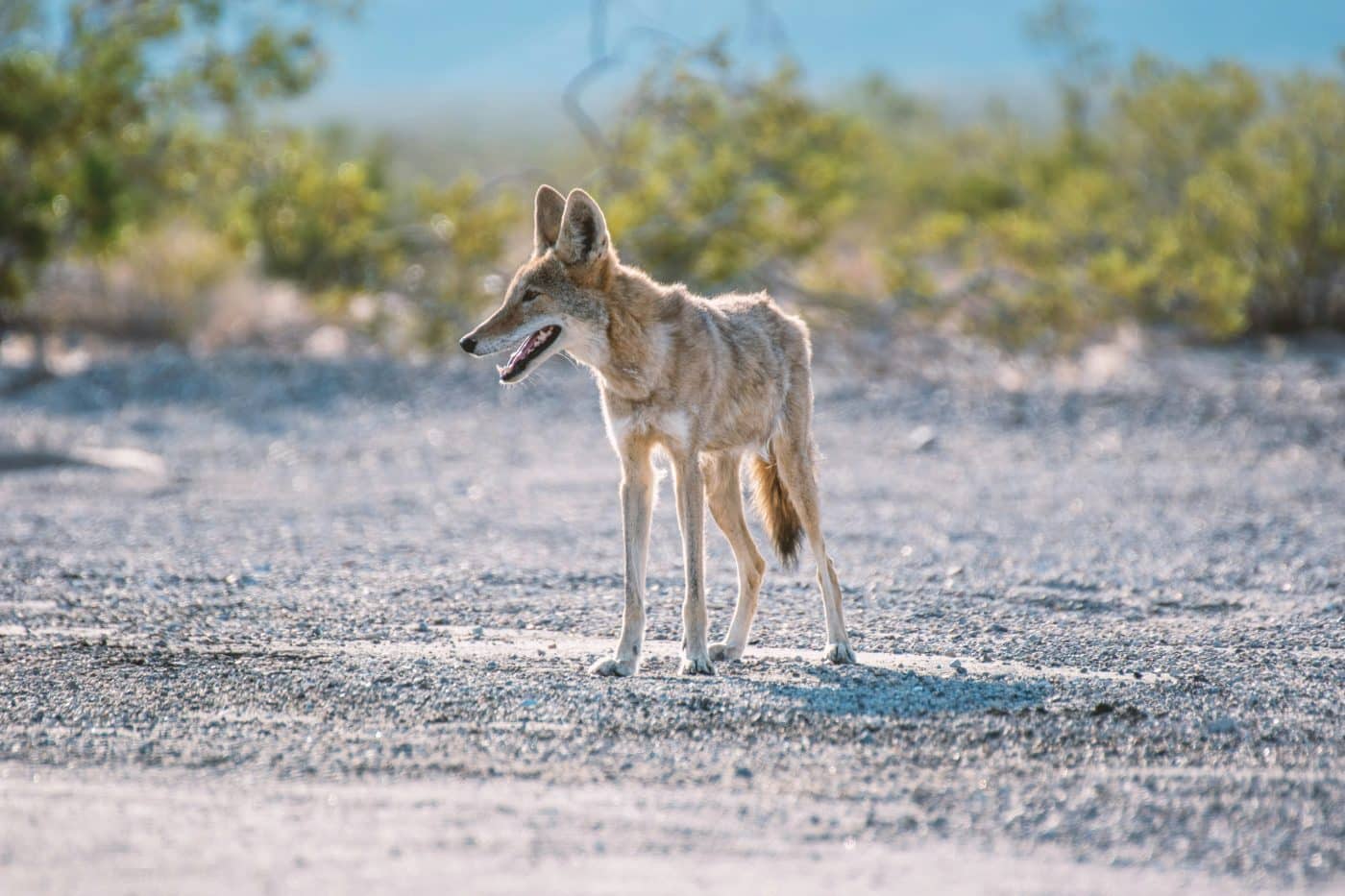

Arizona’s rugged desert and mountainous regions are a natural habitat for coyotes, but with rapid urban growth in cities like Phoenix and Tucson, these predators are venturing into suburban areas. Coyotes are attracted to easy food sources, such as pet food and small mammals found in residential areas. With coyotes becoming more common in Arizona’s neighborhoods, pet owners must take precautions to prevent encounters. Simple measures like securing trash and keeping pets indoors at night can significantly reduce risks.
Colorado
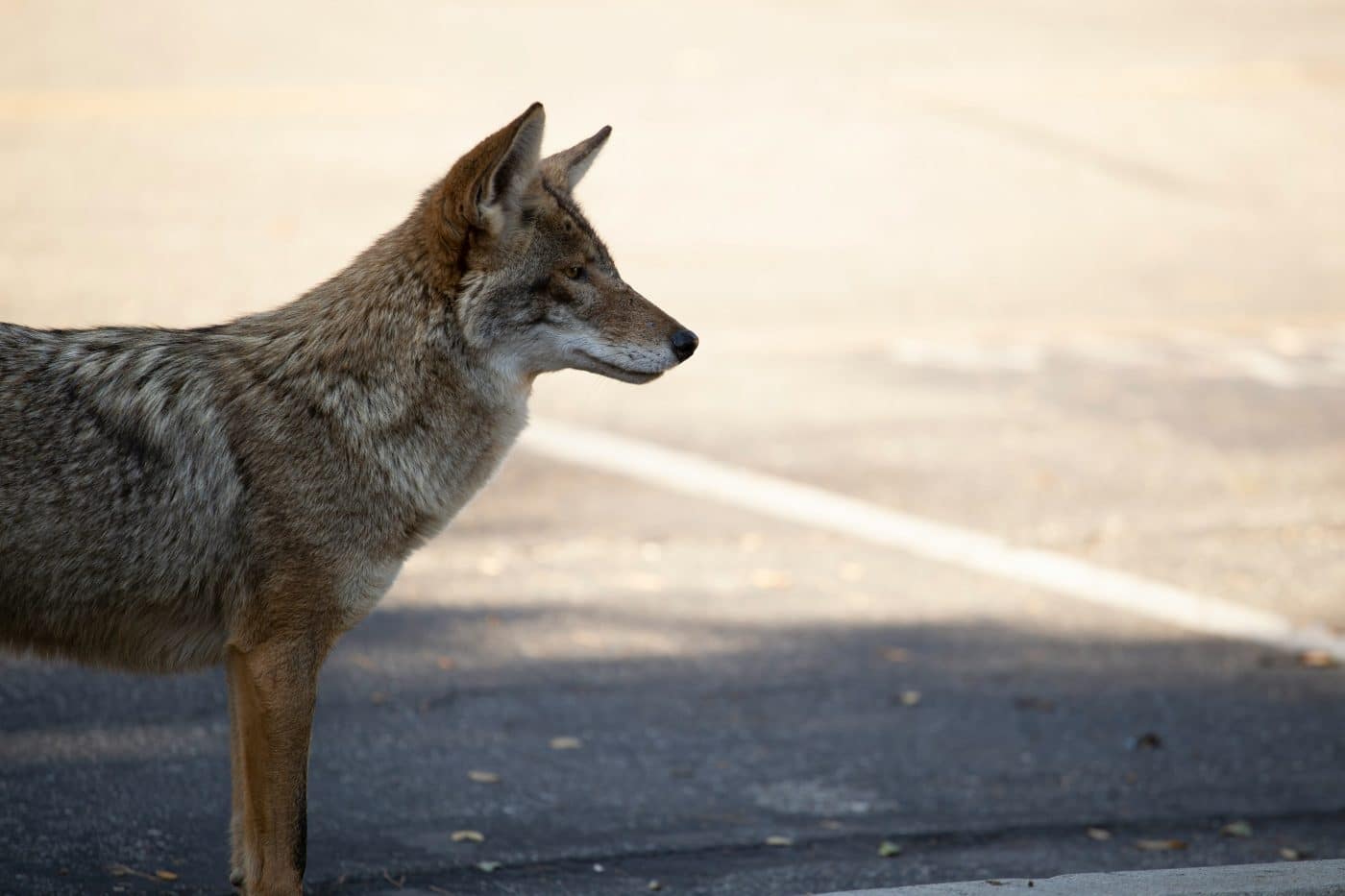

Colorado’s mix of forests, plains, and mountains provides ideal conditions for coyotes. However, with the expansion of cities like Denver and Boulder, these creatures are moving into suburban environments in search of food. Coyotes are drawn to food sources like pet food, small animals, and garbage, making urban environments perfect for them to thrive. Pet owners in Colorado should ensure their yards are secure, install high fences, and remove food sources to prevent coyote intrusion.
Oregon
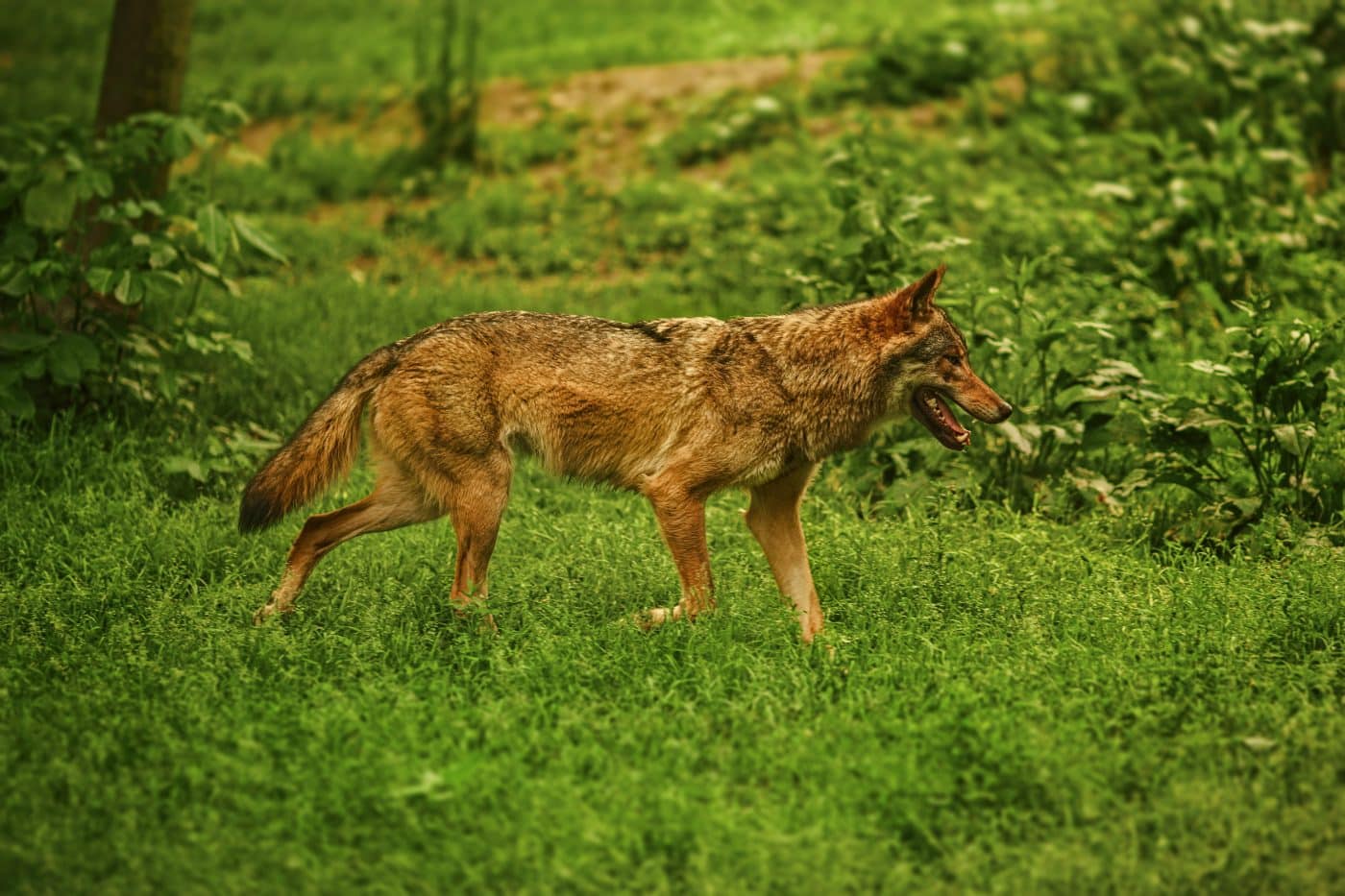

Oregon’s diverse ecosystems—forests, wetlands, and coastal areas—are perfect habitats for coyotes. As urban areas like Portland continue to grow, coyotes are increasingly being spotted in suburban neighborhoods. Coyotes are opportunistic feeders, attracted by pet food and trash, which are more abundant in human-inhabited areas. Residents should take steps to secure their homes by keeping food sources indoors, installing fences, and keeping pets inside to reduce the risk of coyote encounters.
Washington
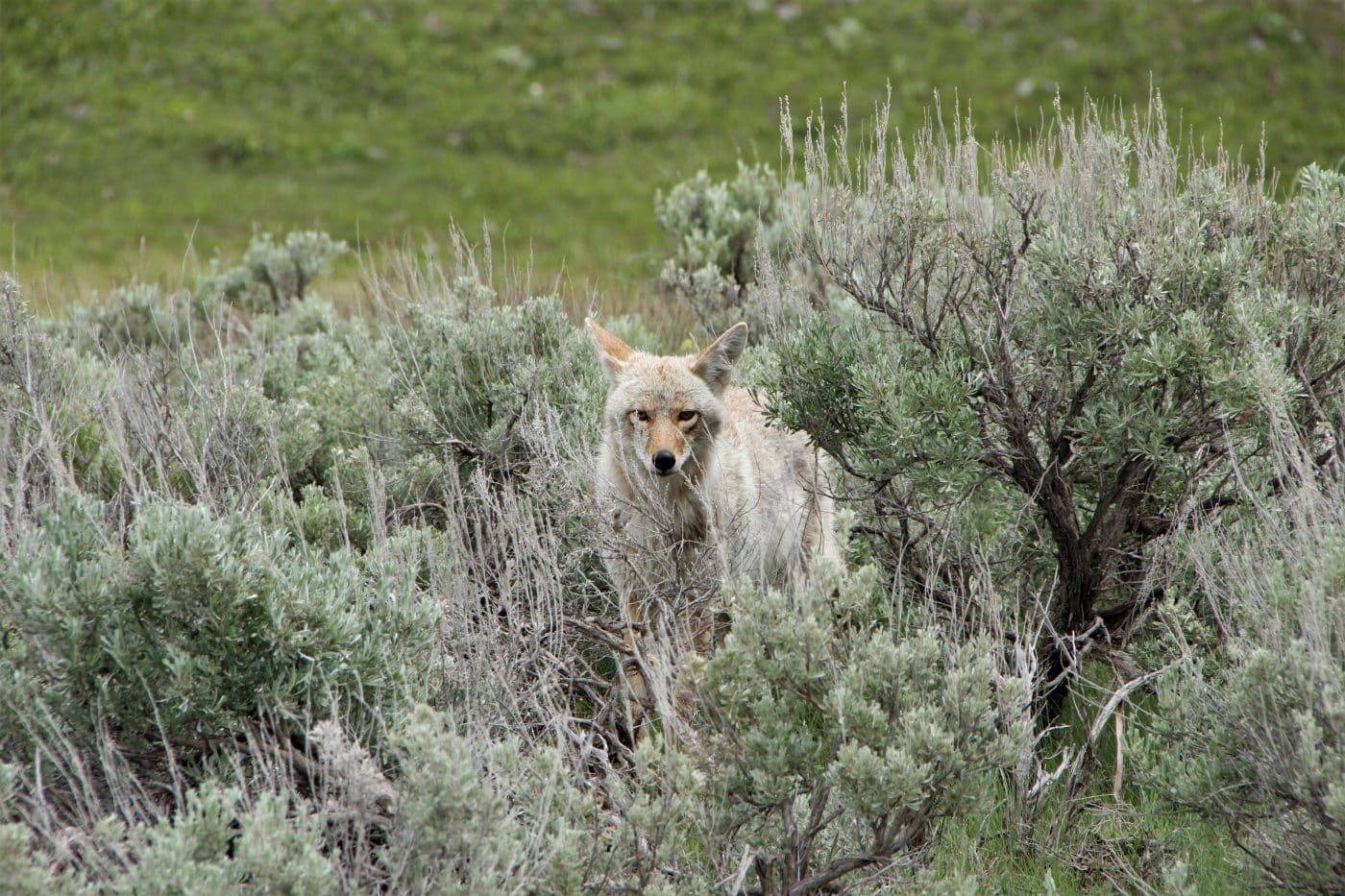

Washington’s forests, mountains, and coastline provide a prime environment for coyotes. As cities like Seattle continue to grow, coyotes are venturing into suburban areas searching for food. These adaptable predators are often drawn to easy food sources like small mammals and pet food. To keep pets safe, Washington residents should secure their yards, remove attractants like trash and pet food, and keep pets indoors during periods of heightened coyote activity.
Nevada
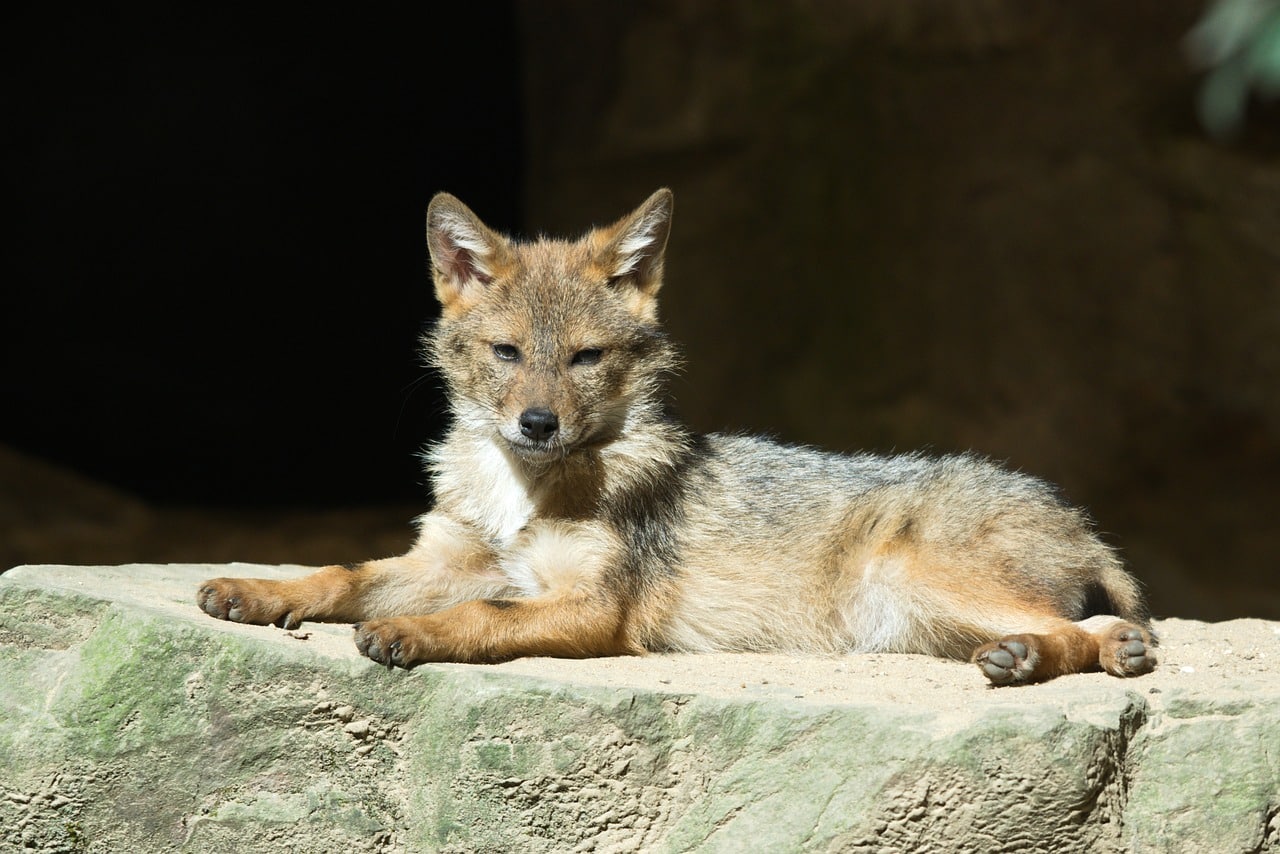

Nevada’s rugged desert landscapes are perfect for coyotes, but with growing cities like Las Vegas and Reno, these creatures are increasingly moving into suburban neighborhoods. Coyotes are opportunistic and adapt well to urban environments, where food sources like pet food and garbage are readily available. As they become more common in Nevada’s residential areas, pet owners need to be cautious. Securing trash, keeping pets indoors, and installing secure fences can help protect pets from these predators.
Idaho
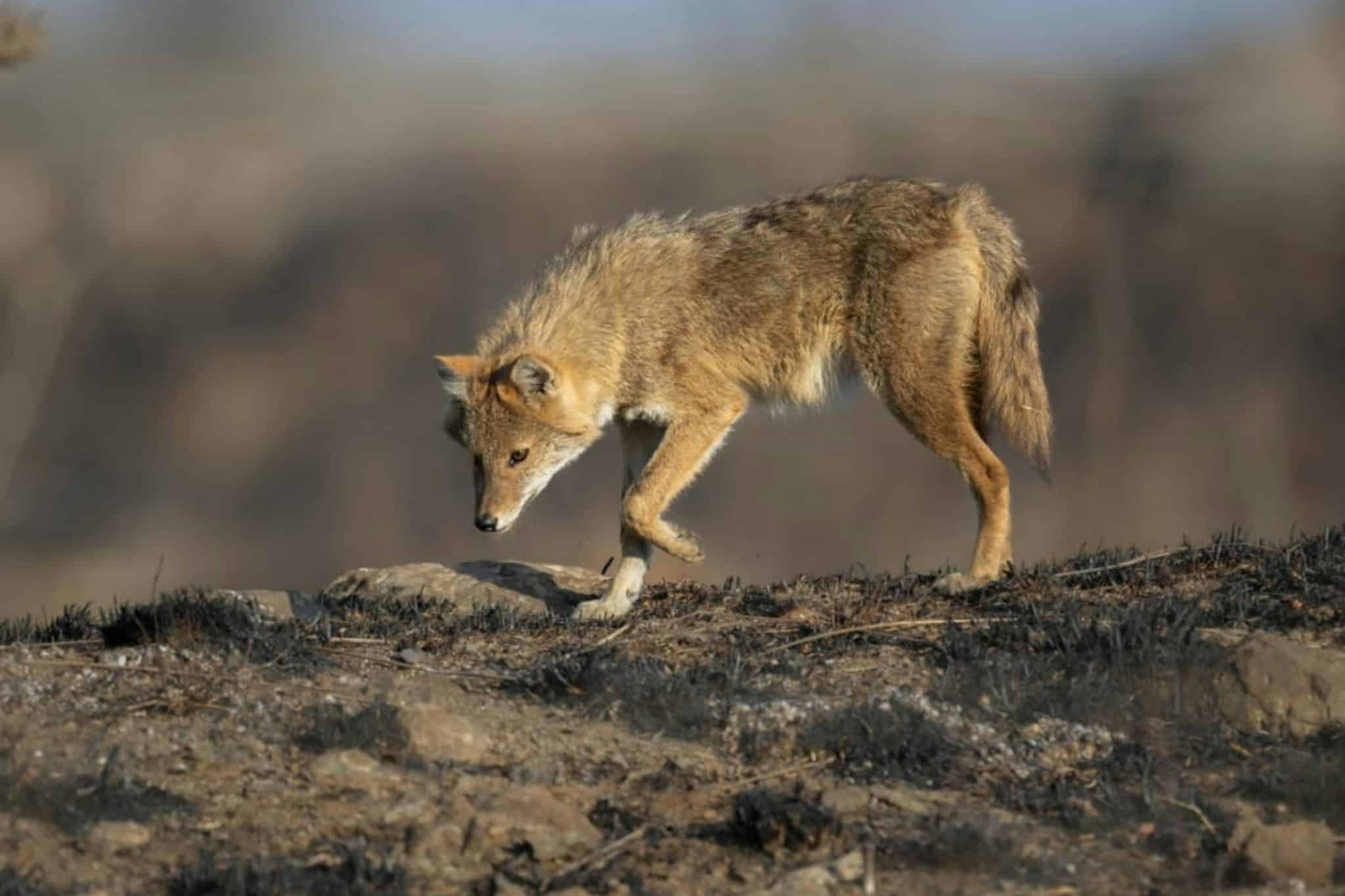

Idaho’s vast wilderness, including forests and mountains, provides an ideal environment for coyotes. However, with the growth of cities like Boise, coyotes are increasingly venturing into suburban areas in search of food. These opportunistic animals are attracted to food sources like pet food, small animals, and trash found in residential areas. To protect pets, Idaho residents should secure yards with high fences, keep pets indoors during dawn and dusk, and remove any food sources that might attract coyotes.
Michigan
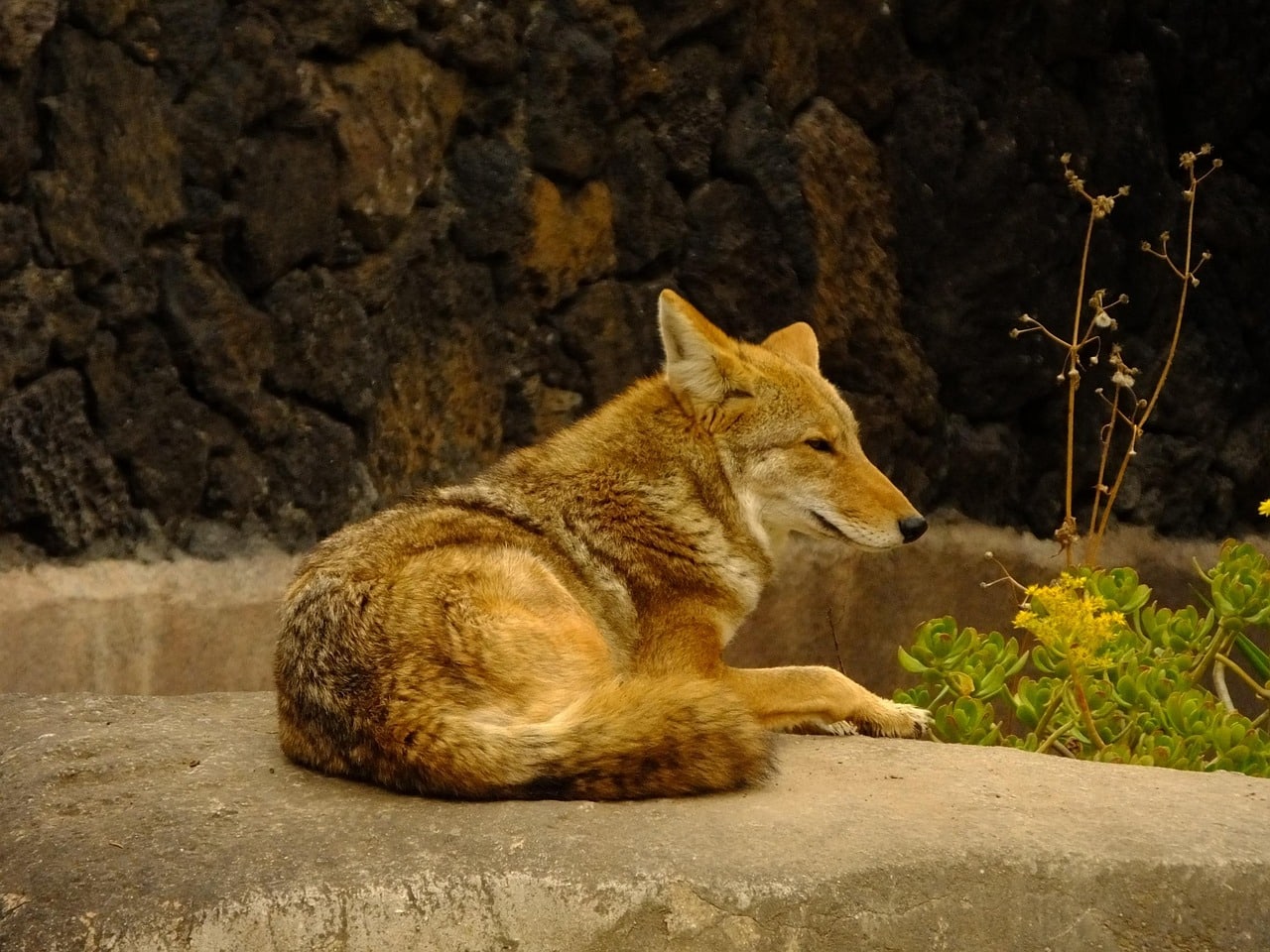

Michigan’s forests, wetlands, and lakes make it an ideal habitat for coyotes. As cities like Detroit and Grand Rapids expand, coyotes are moving into suburban areas looking for food. These clever predators are attracted to pet food, garbage, and small animals, which are more abundant in urban settings. Pet owners in Michigan should be aware of the risks and take steps to protect their pets, such as installing secure fencing, keeping pets indoors, and removing food sources.
Illinois
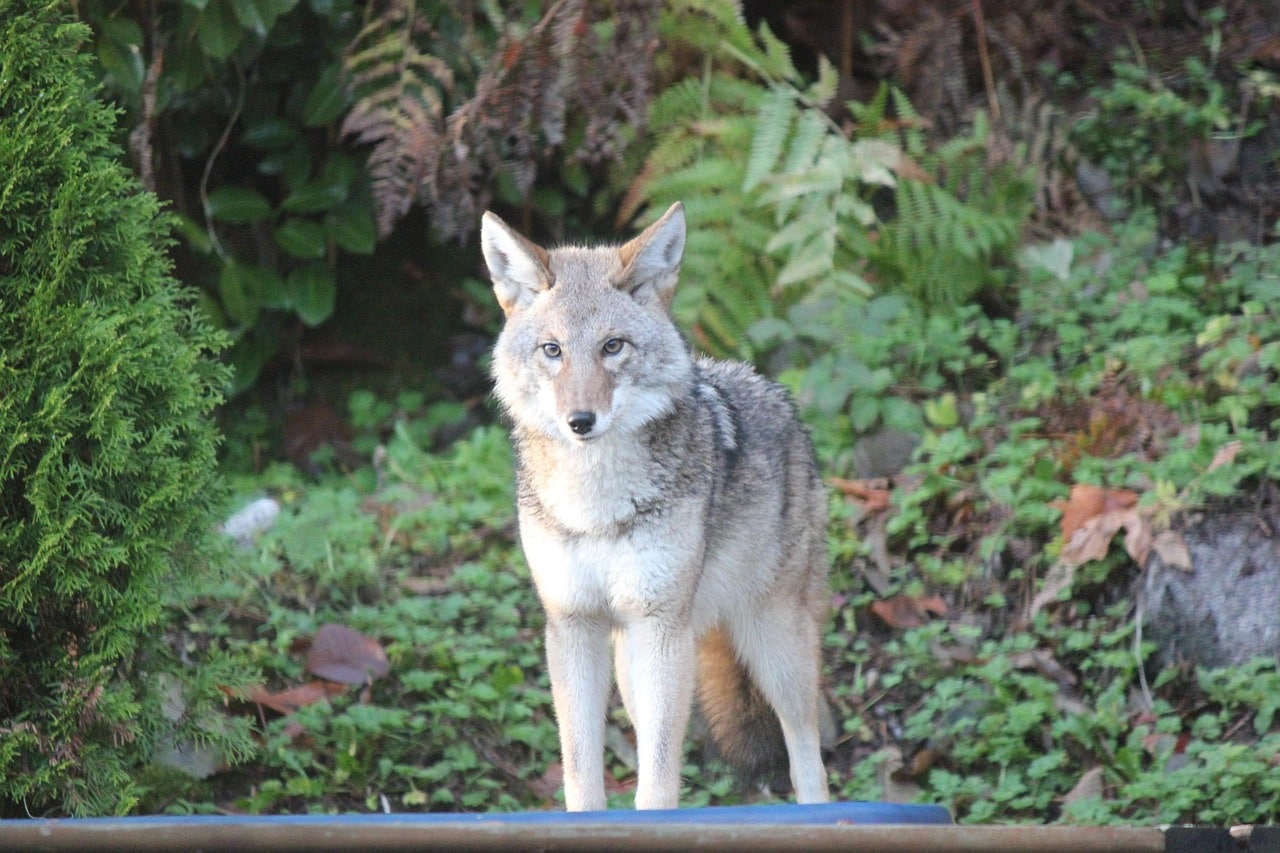

Illinois offers a variety of environments, including agricultural land, forests, and urban spaces, that support a thriving coyote population. As cities like Chicago grow, more coyotes are venturing into suburban neighborhoods in search of food. Coyotes are particularly attracted to pet food and garbage, making them a concern for residents. To minimize the risk of encounters, Illinois pet owners should secure their yards, remove food sources, and keep pets indoors, especially during dusk and dawn when coyotes are most active.
Utah
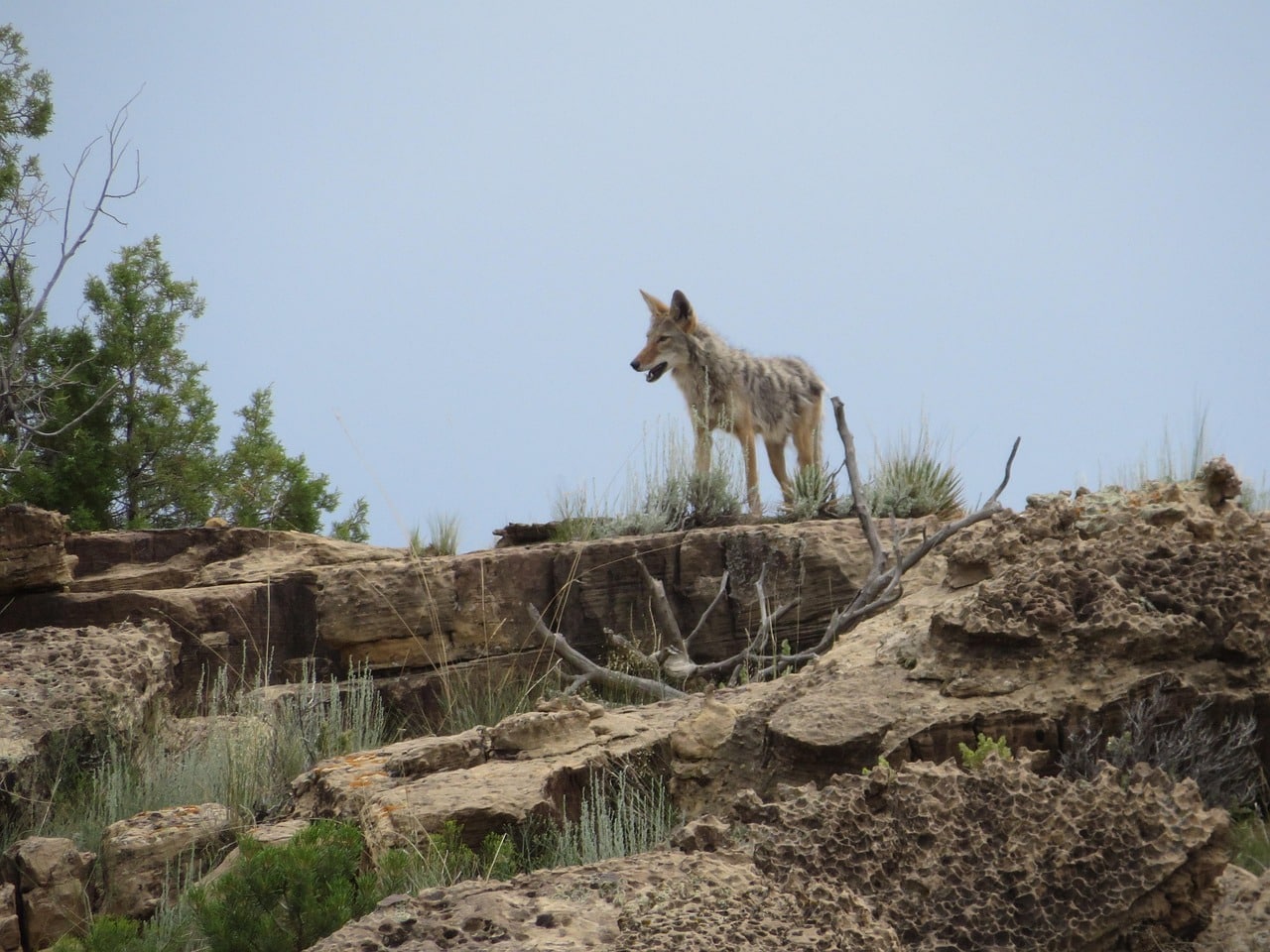

Utah’s diverse terrain, from deserts to mountain ranges, provides an ideal environment for coyotes. However, with the growth of cities like Salt Lake City, coyotes are increasingly found in suburban areas. These intelligent predators are drawn to food sources such as pet food, garbage, and small mammals in residential neighborhoods. To protect pets, Utah residents should secure their homes by installing high fences, keeping trash sealed, and ensuring pets remain indoors during heightened coyote activity.
Minnesota
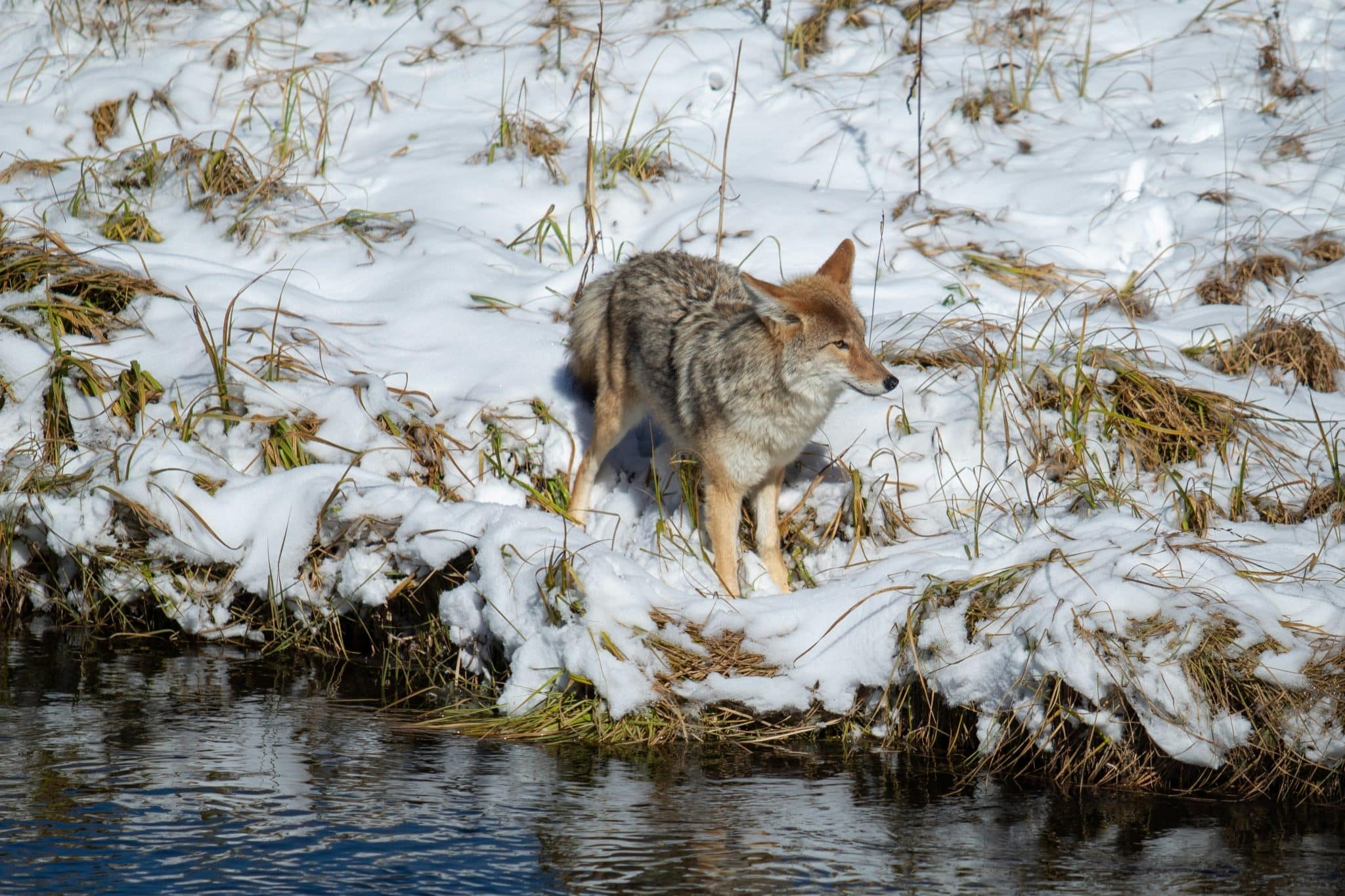

Minnesota’s rich forests, wetlands, and grasslands offer a prime habitat for coyotes. As cities like Minneapolis and St. Paul grow, coyotes are increasingly being spotted in suburban neighborhoods searching for food. These opportunistic feeders are drawn to food sources like pet food, trash, and small animals in urban environments. Pet owners in Minnesota should take precautions, such as securing their homes and removing potential attractants to ensure their pets stay safe from these cunning predators.
The Coyote Chronicles
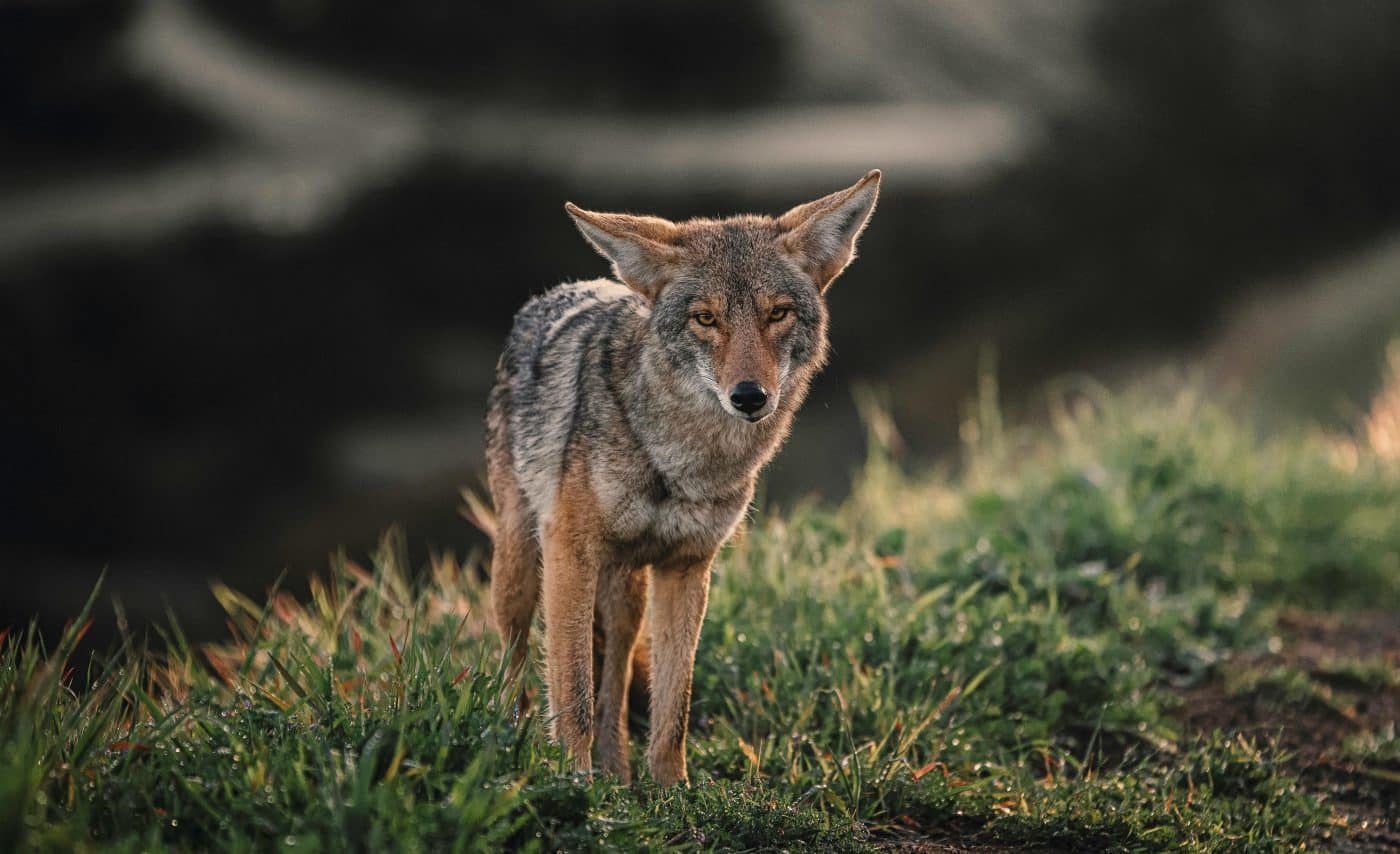

Coyotes are adapting to life in urban and suburban areas across the U.S., with many cities becoming home to these elusive creatures. As these predators venture closer to human settlements in search of food, it’s crucial for pet owners to take preventive measures. Simple actions like securing trash, keeping pets indoors during peak activity times, and installing secure fencing can greatly reduce the likelihood of a coyote encounter. By staying vigilant, pet owners can coexist safely with these clever, opportunistic animals.

